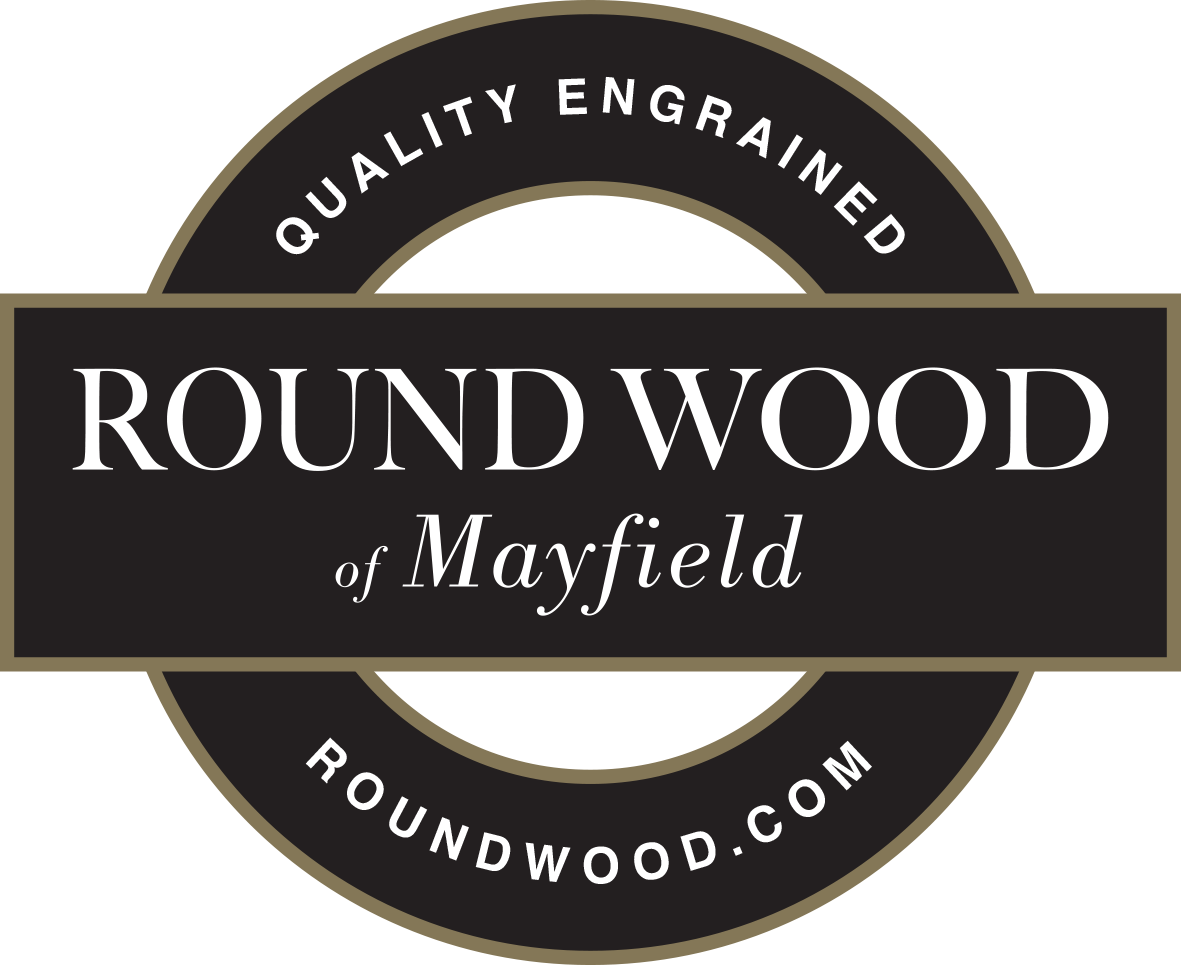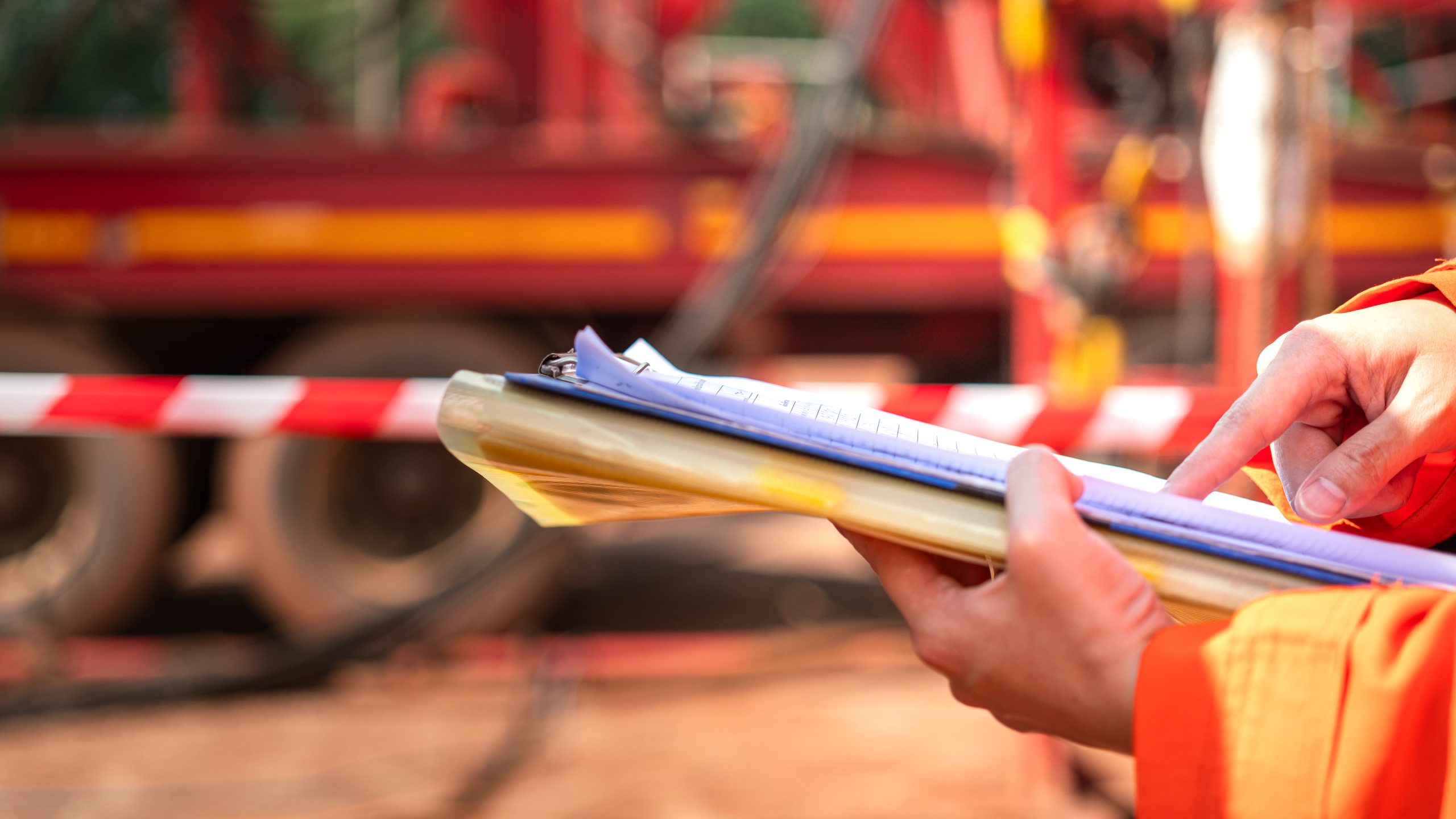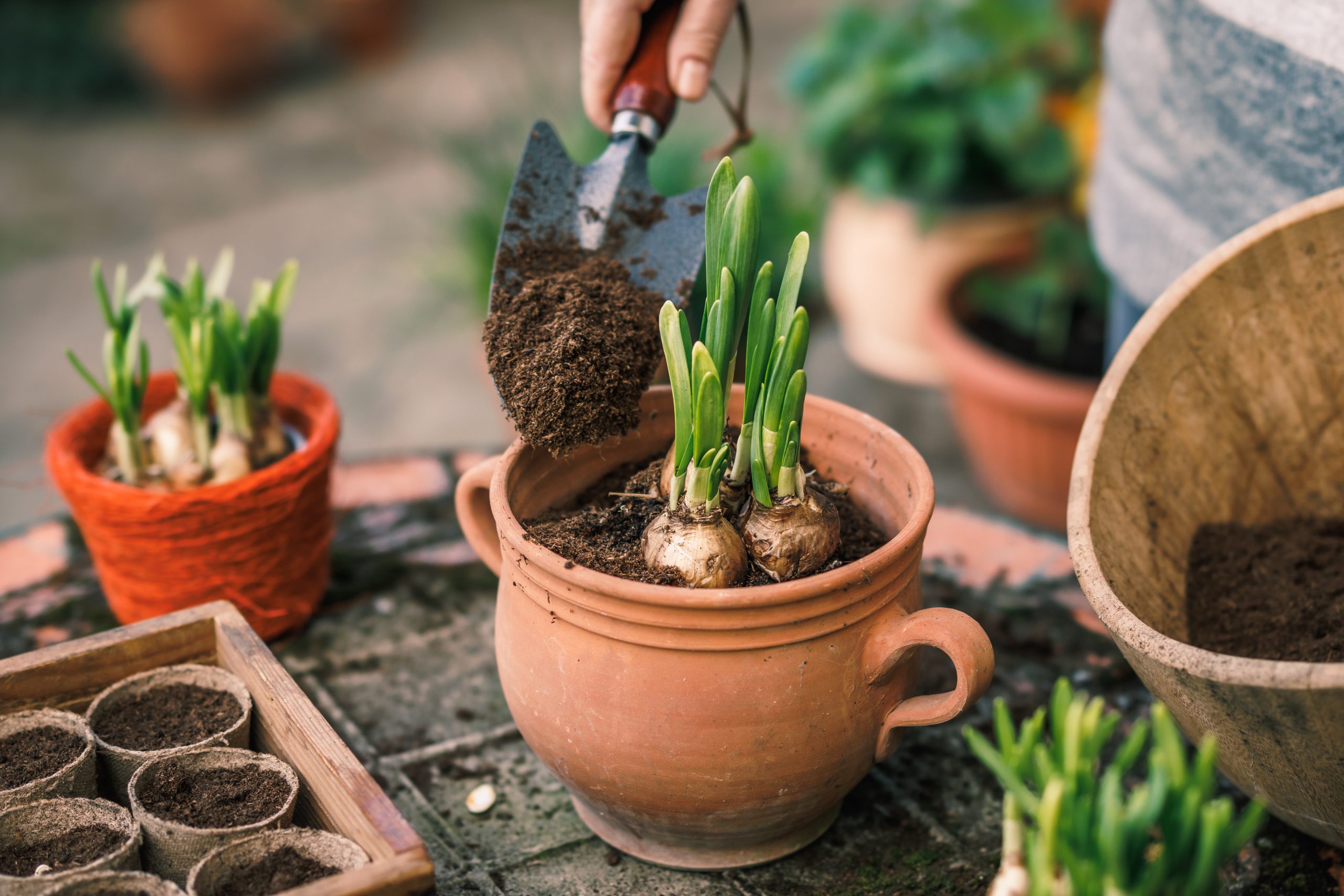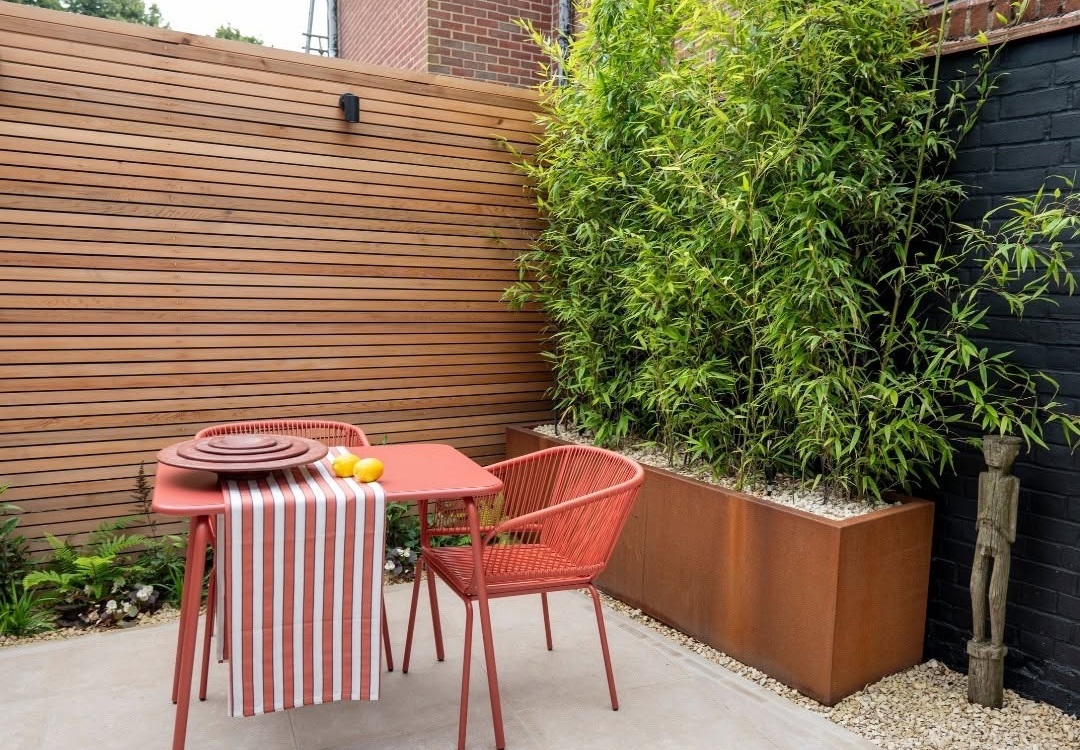The Key Differences Between Softwood and Hardwood Cladding
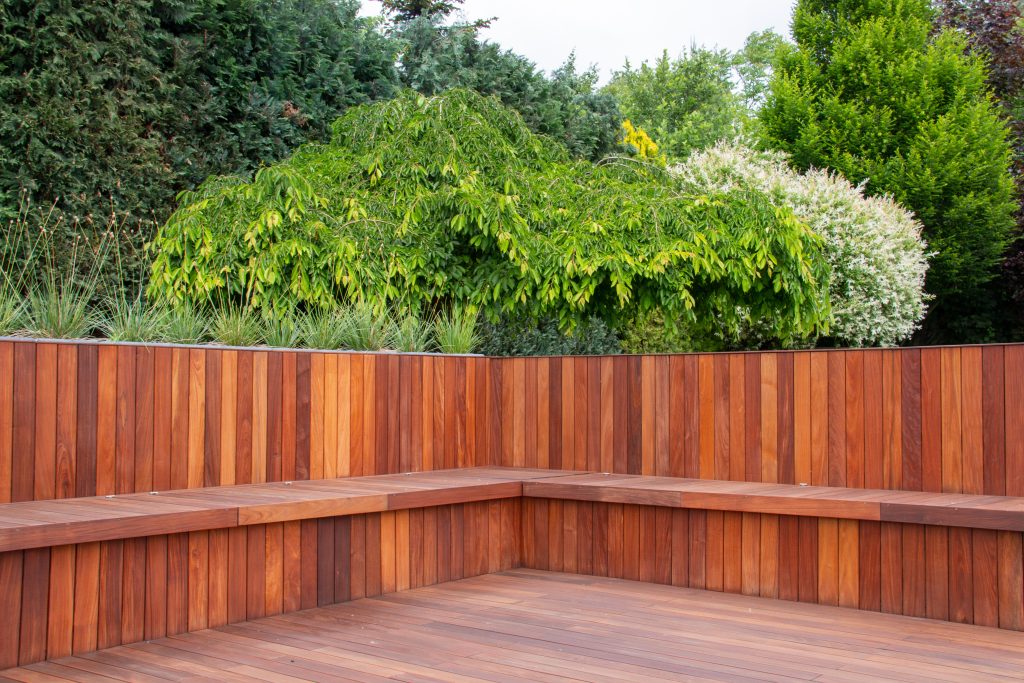
Timber cladding is a reliable way to add depth, texture, and weather protection to any build. One of the first decisions you'll face is whether to use softwood or hardwood. Each comes with its own strengths, appearance, and lifespan. This guide lays out the key differences to help you choose the right one.
Softwood Cladding
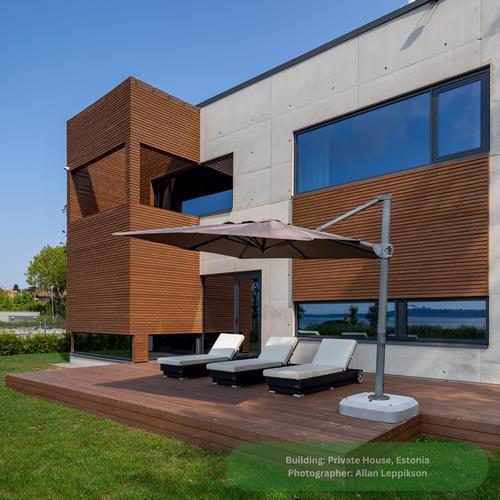
Softwood cladding is made from faster-growing coniferous trees and is commonly used in residential builds and modern exterior projects. Species like Western Red Cedar, Siberian Larch, and Thermo-treated Pine are popular choices due to their workability, availability, and uniform finish.
Softwoods typically have a lighter colour palette and are well-suited to contemporary designs. While not as durable as hardwoods, many softwood options still offer respectable longevity, especially when treated or thermally modified.
Hardwood Cladding
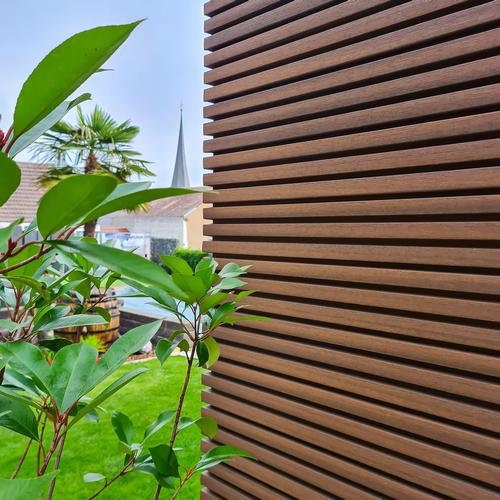
Hardwood cladding is milled from slow-grown, broadleaf species such as Oak, Ipe, Balau, Cumaru, and Thermo Ash. These timbers are known for their density, strength, and natural resistance to rot, insects, and weather exposure. With minimal maintenance, hardwood cladding can last decades, making it a great choice for long-term or high-spec projects.
Expect varied grain patterns and rich natural tones that age to a silvery grey over time (if left untreated).
Visual Differences and Profiles
Both ranges are available in multiple profiles, including:
- Featheredge: Ideal for traditional builds
- Shiplap: Smooth, overlapping boards
- Shadow Gap: Modern, defined lines
- Batten: Slatted and bold
- Shingles: Small overlapping tiles for texture
The choice of profile often comes down to the style of your project. Rustic or heritage properties suit featheredge or shingles, while contemporary spaces benefit from shadow gap or batten for clean architectural definition.
Working with Thermo-Treated Timbers
Thermo-treated timbers like thermo pine, thermo spruce, and thermo ash offer a practical middle ground between softwood and hardwood. Through high-temperature treatment, these boards gain improved stability and weather resistance, with far less maintenance required over time.
Installation Considerations
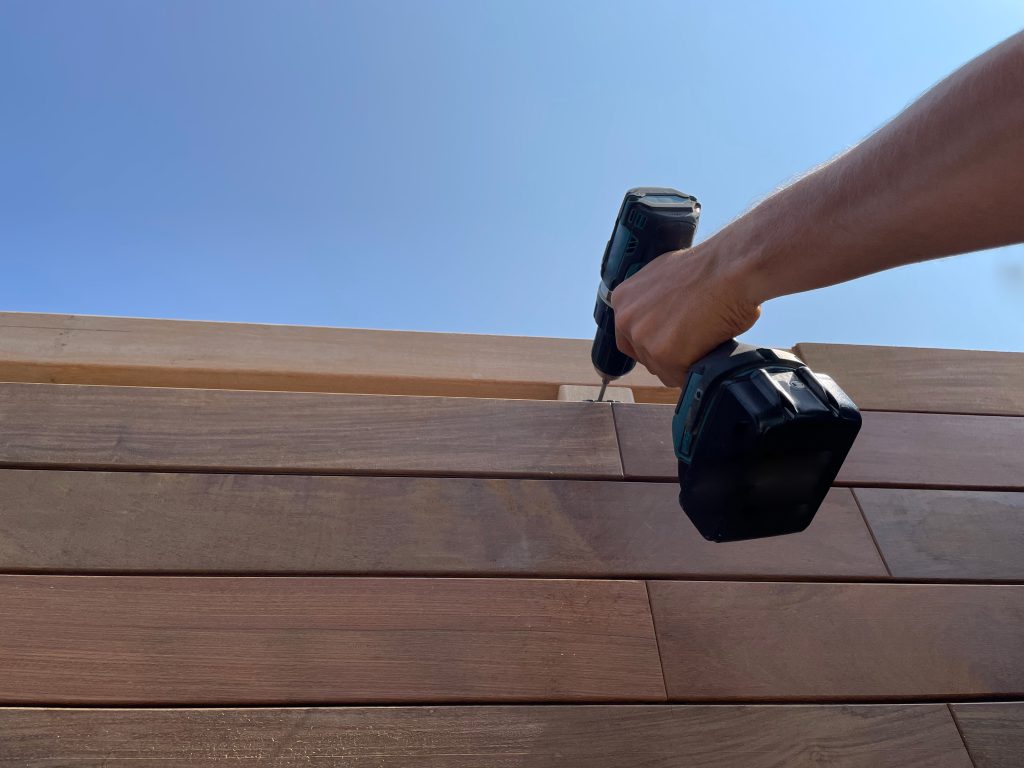
Softwood is lighter and easier to cut, while hardwoods require more robust tools and fixings due to their density. Always use stainless steel screws to avoid staining, and choose between face fixing for a traditional look or hidden clips for a cleaner finish.
It’s important to allow for seasonal movement by incorporating appropriate spacing between boards. You should also ensure your sub-frame is stable and well-ventilated, and seal cut ends to prevent moisture ingress.
Proper installation significantly improves durability, regardless of timber type.
Maintenance Requirements Compared
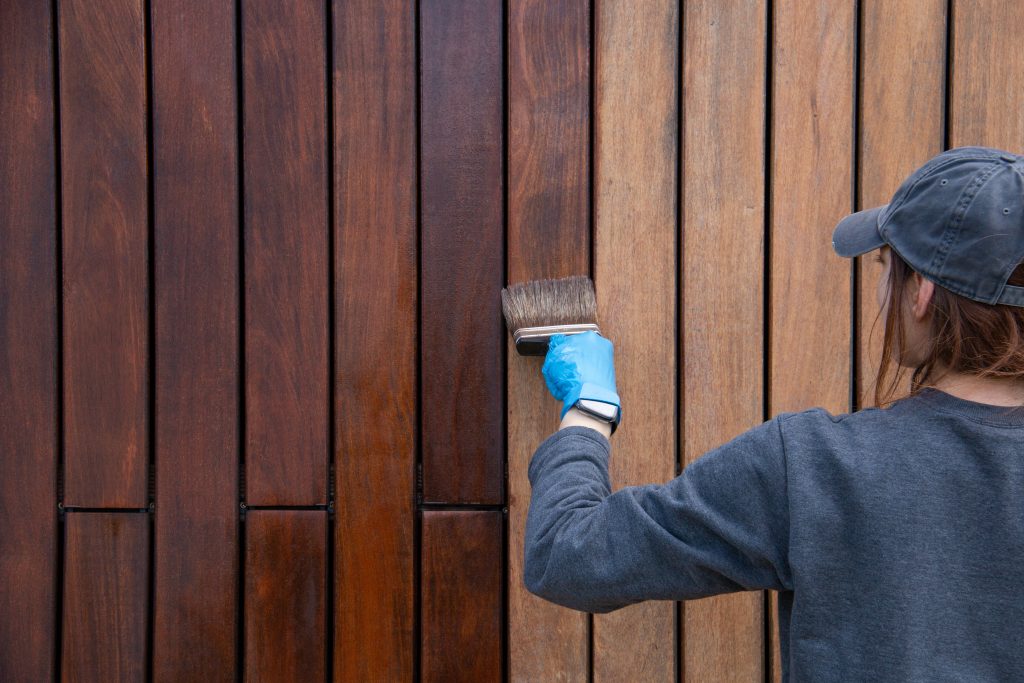
Softwood cladding generally needs more frequent upkeep, such as regular staining or sealing, to help preserve its appearance and extend its lifespan. Hardwood cladding is naturally more durable, and many users allow it to weather to a silvery finish without issue.
For those wanting to maintain original tones, applying protective oils can slow the ageing process.
Sustainability and Sourcing
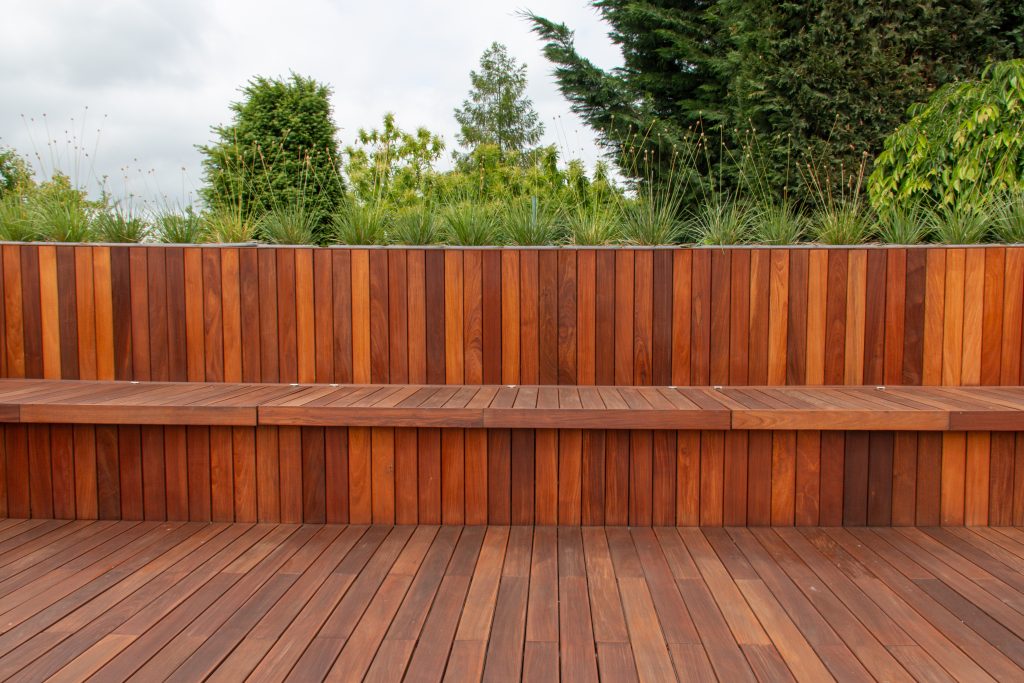
All our cladding is responsibly sourced from managed forests, with many carrying FSC certification.
Hardwoods offer long lifespans, reducing the need for replacement, while softwoods are faster to grow and replenish. For those seeking a balance, thermo-treated softwoods and ash provide improved durability with reduced environmental impact.
Whichever you choose, we will repurpose all timber waste into fuel for our workshop. Prioritising eco-conscious supply chains across our entire range.
When to Choose Softwood Vs Hardwood
Choosing between softwood and hardwood often comes down to budget, timescale, and the intended lifespan of your build.
Softwood cladding is a cost-effective option for residential projects, garden structures, or developments where uniform appearance and ease of installation matter. It’s especially suited to projects where the longest-term performance isn’t a top priority or ones where a lighter aesthetic is preferred.
Hardwood cladding, on the other hand, is a long-term investment. It’s ideal for oak-framed buildings, high-spec projects, or anywhere that demands durability and low-maintenance performance for decades.
Choose the Right Timber Cladding for Your Project
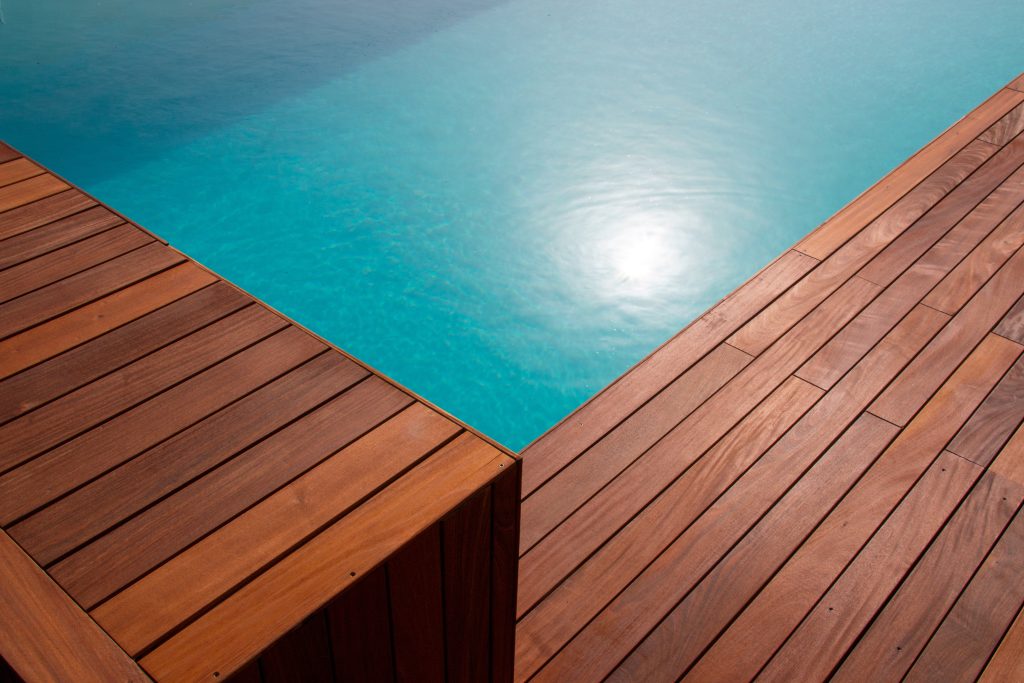
Both softwood and hardwood cladding offer solid benefits. When deciding between the two, think about your priorities: budget, style, maintenance, and longevity. Each project is different, and the right choice depends on what you need now and how long you expect it to last.
If you’re unsure, our team is here to help. Browse both the softwood and hardwood cladding ranges or get in touch for straightforward advice.
